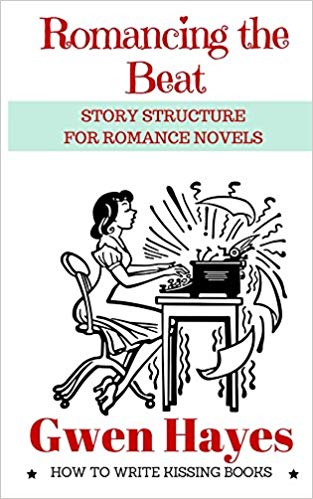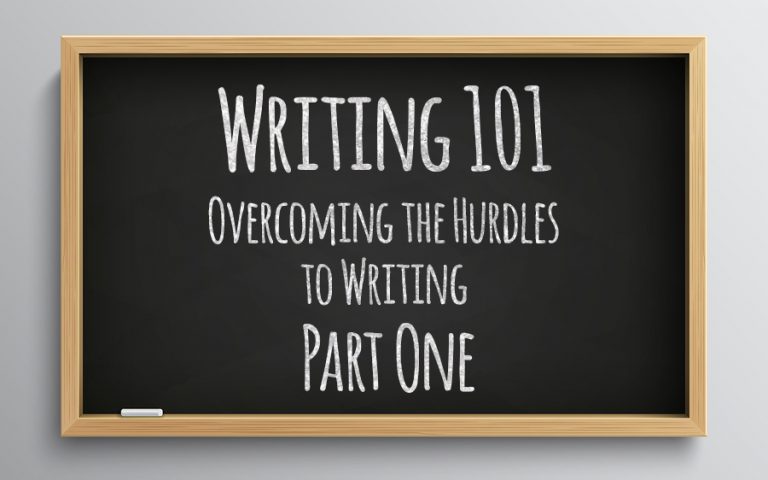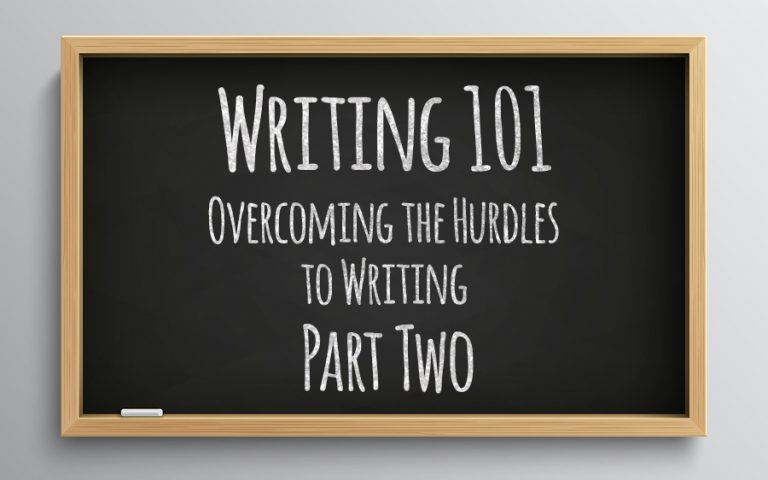5 Books Every Aspiring Author Should Read
We’ve compiled a list of five carefully-selected books perfect for any aspiring writer.
With the advent of self-publishing there are now hundreds of titles about how to become a successful writer – but sadly if you look at a lot of the reviews and the rankings for many of these books, you’ll suspect that the authors aren’t quite as smart about the subject as they promote themselves to be. Having said that, there are some gems out there about the art and craft of writing, and we’ve taken a little time to separate the wheat from the chaff and come up with five books about writing that you can’t help but learn from.
 The Elements of Style: Simplified and Illustrated for Busy People by William Strunk Jr. and Virginia Campbell
The Elements of Style: Simplified and Illustrated for Busy People by William Strunk Jr. and Virginia Campbell
First written in 1918, The Elements of Style is often considered to be America’s seminal work on writing in the American English vernacular; and a must read for any aspiring author. However, it’s arguable that the book has become somewhat dated over the course of the last century, not to mention that it’s becoming increasingly difficult to find a verifiable copy of it now the original is in the public domain and available thanks to Project Gutenberg.
This is why instead of the original, we strongly recommend the ‘simplified’ version of this iconic book – updated for a more modern age and abridged in a fashion that makes the rules and standards of American English much easier to remember and use.
Don’t be put off by the fact that the book boasts it can be “read within an hour” because that’s actually what you want from a book on grammar and style – you’re not reading this for pleasure! The fact that you can read and digest it quickly is a plus-point; and the way the information is presented to quickly and definitively answer many of the questions you have about the proper use of grammar makes it an essential addition to any writer’s bookshelf.
As reviewer Winters Vogel writes: “This is the grammar dictionary for the modern writer! I love that this edition makes the original much more approachable and accessible for anyone with doubts about their grammatical choices.”
 On Writing: A Memoir Of The Craft by Stephen King
On Writing: A Memoir Of The Craft by Stephen King
Far from his days as “America’s schlockmeister”, Stephen King has now become one of America’s most celebrated and respected writers, and his memoir on the craft of writing is commonly referenced as many author’s most cherished book on writing.
The book is deeply personal and upon reading it you’ll probably want to embrace the warning “your mileage may vary.” What’s fascinating is that so many of Stephen King’s conventions and advice fly in the face of ‘traditional’ writing advice – like his unwillingness to plot out his story before embarking on it, writing about how he ‘discovers’ the story in the same way an archaeologist uncovers a long-buried relic from the dirt.
However, where this book excels is the passion for writing that Stephen King has – and he taps into the intrinsic spirit of being an author that exists within the soul of every writer. It’s impossible to read this book and then not want to pick up a pen and write something yourself. It’s one of the few books on writing that I’ve ever read which truly conveys the magic of being an author; and for that reason its definitely my favorite on this list.
Debi C. in her 5-star review writes: “I could “hear” Mr. King’s “voice” in my head as I read this on my iPad Kindle app. I felt like I was reading something from a friend—as if he had written a personal letter to me— to give me an understanding of what he went through to become the person he is today. I think that his directives about the “how-to’s” and “don’t do’s” were very practical. I breathed a sigh of relief when I got the feeling that writing classes and clubs are kind of a waste of time. Just write, is what I think he was telling me, I mean, his audience. I will probably read it again.”
 Save the Cat! Writes a Novel: The Last Book On Novel Writing You’ll Ever Need by Jessica Brody
Save the Cat! Writes a Novel: The Last Book On Novel Writing You’ll Ever Need by Jessica Brody
Save the Cat! is one of the most famous books on the art of screenwriting, and written by industry insider Blake Synder. Although a fascinating read in and of itself, Save the Cat! Writes a Novel is an updated version which takes all the essential storytelling tips from the original book and frames them around the subject of writing a novel.
At the core of the book are the 15 ‘beats’ that every story has to hit, from the opening scenes to the dramatic climax, plus the ten different ‘stories’ that comprise the bulk of all fiction ever written. Additional tips and tricks help you present these foundations in new and quirky ways and if you wanted a book to cover the essentials of storytelling in a more entertaining way, you’d be hard-pressed to find one.
As a genre author myself, I highly recommend this book – because the art of storytelling predates human history and failing to study the art and craft of the story first is a surefire route to failure. This book is an essential for your bookshelf; and your readers will love what you do by following its insight.
Reviewer Monica gave the title 5-stars, writing: “I read it all in one sitting, and despite many books built with the same 15 beats, I still managed to tag the thing to oblivion with new pieces of information that will make my novels better. Ms. Brody takes the tried and true methods and adapts them for the novelist. I will keep this on my desk and consult it before starting every single one of my books in the future.”
 Romancing the Beat: Story Structure for Romance Novels by Gwen Hayes
Romancing the Beat: Story Structure for Romance Novels by Gwen Hayes
“But, I’m not writing a romance novel!” you might complain when you see this suggestion – but trust me. Just like Save the Cat! Writes a Novel covers the 15 essential story ‘beats’, Gwen Hayes’ iconic book about the art and craft of writing romance novels breaks down the structure even further; to the ‘beats’ essential not just in any romance novel, but also any tale that involves love and romance.
Seriously, even male-targeted books that feature a romantic element will be improved when you discover how a romance story is structured. One male author I know who writes quirky tales similar to TV’s How I Met Your Mother was impressed at how ubiquitous this writing advice was. It takes conventions and beats you didn’t even know you’d noticed and lays them out for you to incorporate yourself.
I personally enjoyed this book as well because it was incredibly fast-paced, versatile and entertaining to read. Just like the abridged version of The Elements of Style, you’re reading this book to glean information, not to enjoy the process, so the fast reading time is actually a good thing (Stephen King’s On Writing, on the other hand, is a delicious feast to be savored.)
Reviewer Tessa Dare writes: “In this book, Gwen Hayes lays out a four-act structure and a fresh set of story beats that are specific to the romance genre. The book is concise, engaging, and useful for any subgenre. I appreciated that Hayes doesn’t tailor her advice to market trends, or make assumptions about gender, sexuality, or heat level. Romance is romance. This book isn’t concerned with chiseled abs or stormy eyes; it’s about the bones of writing a compelling relationship.”
 How to Write a Novel Using the Snowflake Method by Randy Ingermanson
How to Write a Novel Using the Snowflake Method by Randy Ingermanson
I’ve often argued that writing is a craft, not an art – and just like you couldn’t sit down and build a table without a bit of instruction, it’s not easy just to ‘wing it’ and write a novel. This is where the beauty of Randy Ingermanson’s book comes in.
In it, he outlines a ten-step program that helps you go from “I’d like to write a novel” to getting that story onto the page, in a format that might ultimately prove publishable. It’s a really simple and structured guide to the craft of writing in a much more prescriptive and less esoteric way than Stephen King’s On Writing.
The book is written almost as fiction, and describes itself as a ‘parable.’ To me, what makes it so powerful is that focuses on the truly vital things any successful writer needs to get their head around – like defining a target audience, how to ‘sell’ your book through the blurb and description, and how to find an emotional thread that will really engage a reader.
This is like a blueprint for success – and no author should embark without it. Randy even includes three levels of writing to suit the different styles of different authors. As reviewer Lee Man explains: “A superb learning guide on everything you need to begin writing the first draft. If you have tried the outlining method and it didn’t work for you and you tried the seat of the pants method, then this book is definitely for you.”











